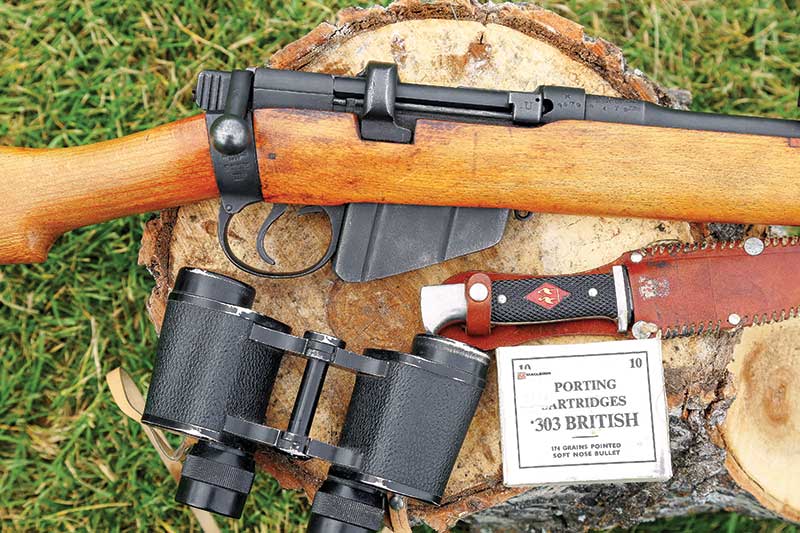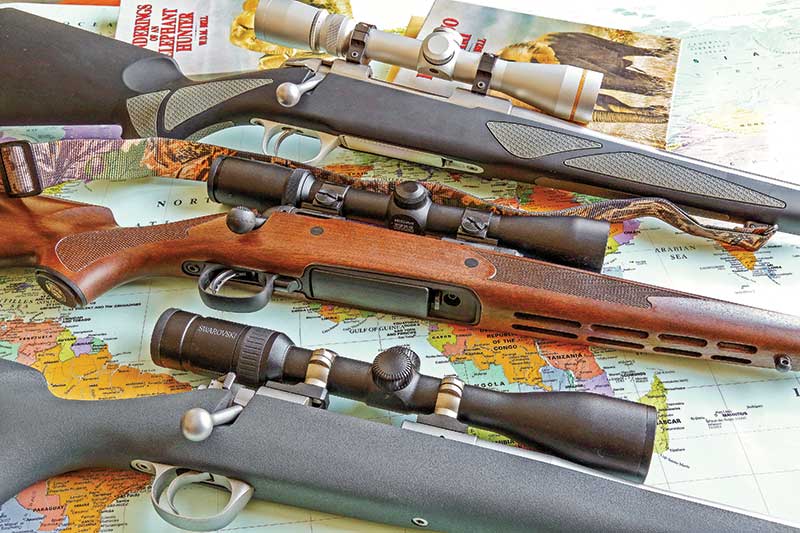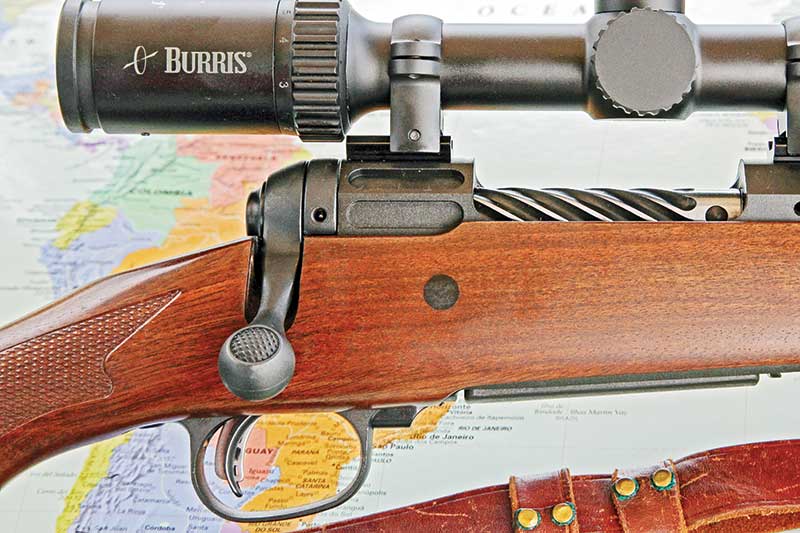Factors In Speed
The point here — the shooter’s mindset and conditioned reflexes are key elements in reloading. The shooter’s commitment to making the process a conditioned reflex is the most important factor. Nonetheless, the rifle itself is a significant component. Some factors to consider include the location of the bolt handle; bolt lift, both in terms of degrees of rotation and effort required; bolt throw; length of the bolt handle; and rifle fit, in particular length of pull and the material used for the butt plate or butt pad.
In my experience, no bolt action is easier or faster to cycle than the century-old Lee Enfield No. 1 Mk III. With a Lee I can easily fire an aimed shot every two seconds. If you really want to go fast, grasp the ball of the bolt with thumb and first two fingers, and pull the trigger with the ring finger. With this method I’ve got down to 0.75 to 0.80 between shots, admittedly with not much accuracy — but I suppose a platoon of soldiers all firing in this manner might be effective in countering an enemy bayonet charge.








